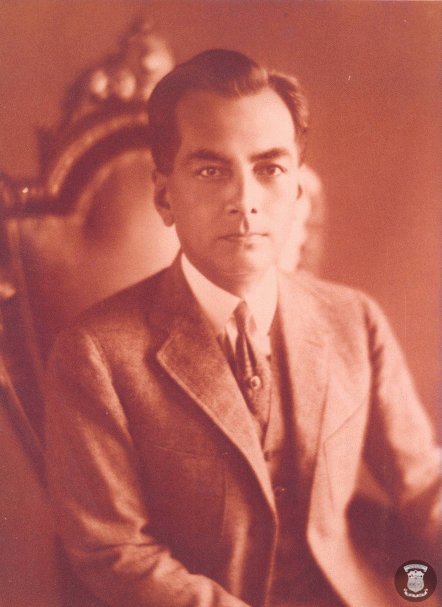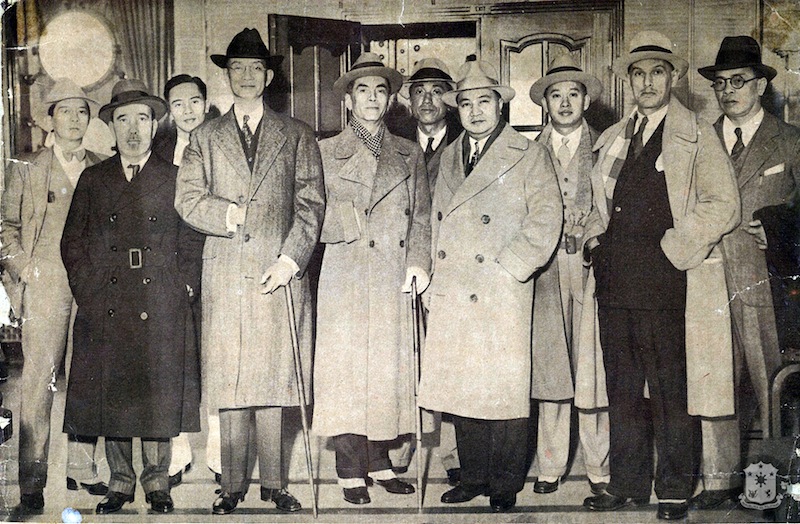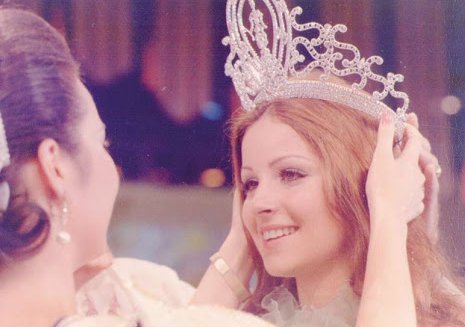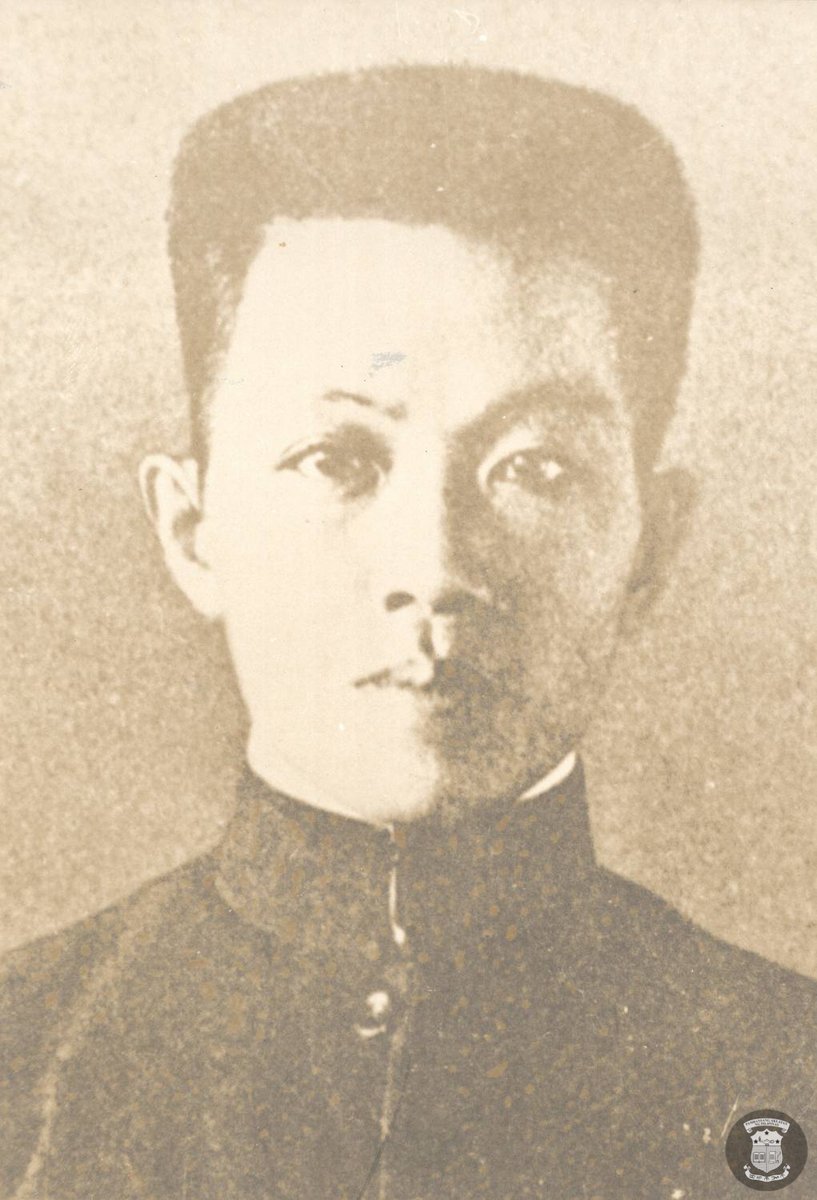
#TodayinHistory in 1878, Manuel L. Quezon, 2nd #PH President, & 1st President of the Commonwealth of the Philippines, was born in Baler, Tayabas (now, part of Aurora). He was the leading campaigner for #PH independence from the U.S. in early 20th century.
THREAD.
#Kasaysayan
THREAD.
#Kasaysayan

Quezon was half Spanish (His father, Lucio Quezon, was a Spanish sergeant). He joined Emilio Aguinaldo in the #PH Revolution vs. Spain & #PH-US War, & had the rank of Major. In 1901 he was given the task to confirm if Aguinaldo was indeed captured in 1901.
https://twitter.com/indiohistorian/status/1374307712499130377?s=20
Seeing the capitulation of the republic he fought for he laid down his arms. But like his other contemporaries, Quezon brought the independence campaign from the battlefield to politics. Under the US regime, he finished law in @UST1611official (1903), became Councilor...
then Governor of Tayabas (1906). He became one of the 2 #PH Resident Commissioners, representing #PH in
@Congressgov in 1909. This was where he learned the ropes of American politics. He was instrumental in securing the Jones Law (1916) that began the path to independence from 🇺🇸
@Congressgov in 1909. This was where he learned the ropes of American politics. He was instrumental in securing the Jones Law (1916) that began the path to independence from 🇺🇸

With the Filipinization of high positions in gov under the American colonial regime in full swing, Quezon (as Senate President) ran into serious conflict w/ American high officials, always on the side of Filipino interests.
https://twitter.com/indiohistorian/status/1284073469945065473?s=20
With the passage of the Tydings-McDuffie Act in the U.S. Congress in 1934, the #PH Commonwealth was formed, beginning the 10-year transition to ultimate PH independence from the United States. Quezon was elected (1935) & reelected (1941) as PH President. 
https://twitter.com/indiohistorian/status/1327918151628062720?s=20

With his eye on national security to protect this independence to be culminated, Quezon signed Commonwealth Act No. 1 in 1935, forming a nascent #PH military & reserve force to defend #PH, as the Japanese threat loomed over East & Southeast Asia.
In 1941, Japan commenced the invasion of Southeast Asia. W/ the beleaguered Filipino & American troops holding the line vs. Japanese in Bataan, Quezon, his family & select members of the Cabinet were transported to safety in the U.S.
https://twitter.com/indiohistorian/status/1336284104870907904?s=20
Quezon stayed in Washington, D.C., establishing the Commonwealth gov-in-exile. Despite his worsening condition (Tuberculosis), he never stopped campaigning for the Filipino cause, & to redirect US attention from Europe to Japanese-occupied #PH.
https://twitter.com/indiohistorian/status/1289509460239478787?s=20
On 1 August 1944, Quezon passed away in a "cure cottage" in Saranac Lake, New York, 18 days short of his birthday (19 August), & 2 months short of the return of the Commonwealth on #PH soil. Vice President Sergio Osmeña assumed the presidency.
https://twitter.com/indiohistorian/status/1422870436413468675?s=20
Photos:
- Pres. Manuel L. Quezon on his official visit to the U.S., chased by American press in Miami, c. 1937, colorized by Derrick Macutay
- Manuel L. Quezon as Senate President, undated, @AskNLP
- The last Independence Mission delegation, 1934, Presidential Museum & Library
- Pres. Manuel L. Quezon on his official visit to the U.S., chased by American press in Miami, c. 1937, colorized by Derrick Macutay
- Manuel L. Quezon as Senate President, undated, @AskNLP
- The last Independence Mission delegation, 1934, Presidential Museum & Library
• • •
Missing some Tweet in this thread? You can try to
force a refresh













